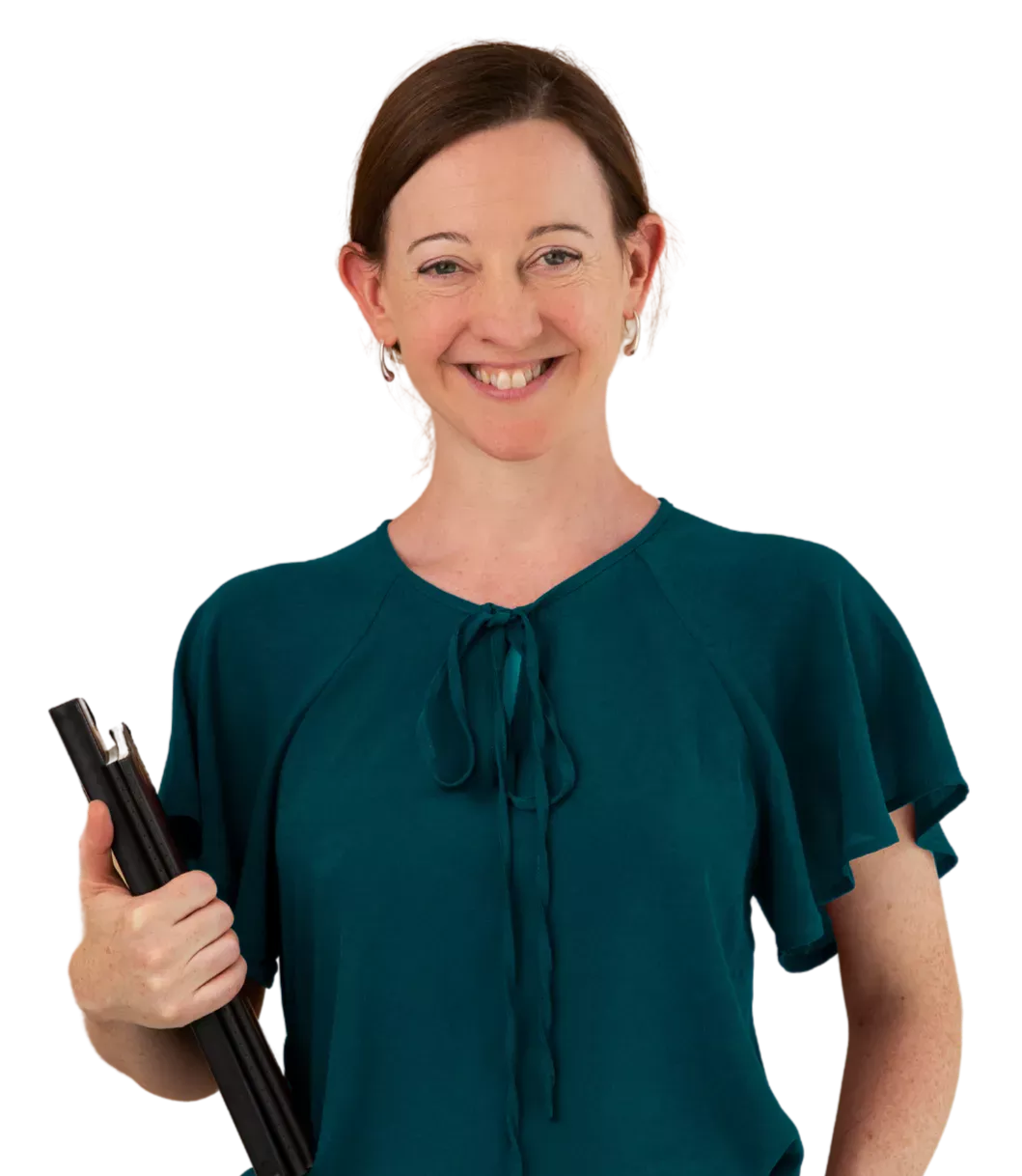Download this explanation in PDF here.
Read about how to make the past perfect here.
- When we arrived, the film had started (= first the film started, then we arrived).
- I'd eaten dinner so I wasn't hungry.
- It had snowed in the night, so the bus didn't arrive.
- The film started before we arrived / the film had started before we arrived.
- When he graduated, he had been in London for six years. (= He arrived in London six years before he graduated and lived there until he graduated, or even longer.)
- On the 20th of July, I'd worked here for three months.
- If I had known you were ill, I would have visited you.
- She would have passed the exam if she had studied harder.
- I wish I hadn't gone to bed so late!
